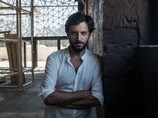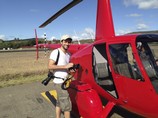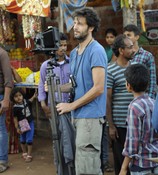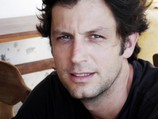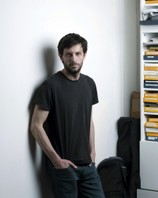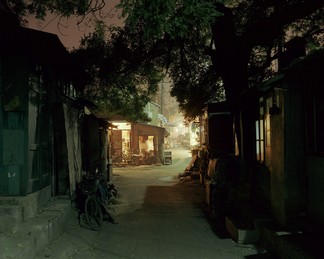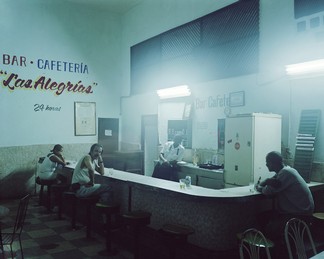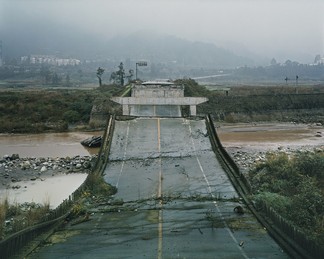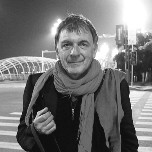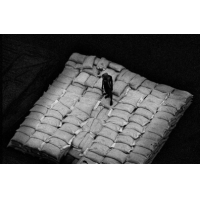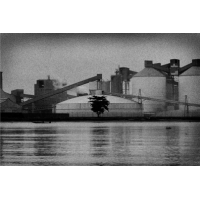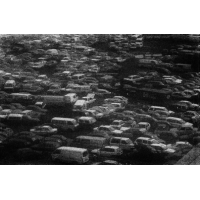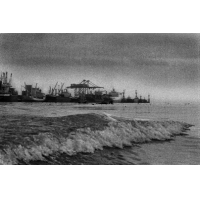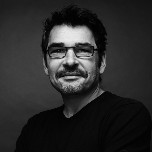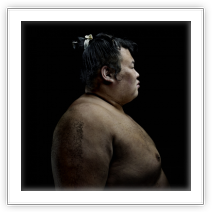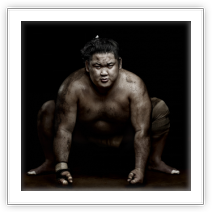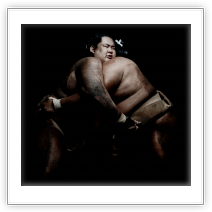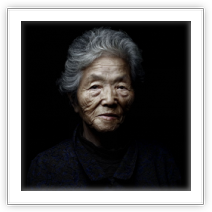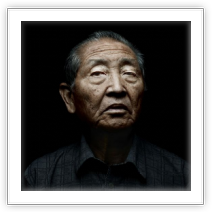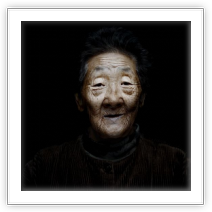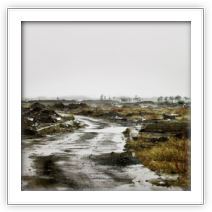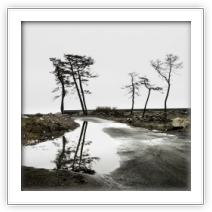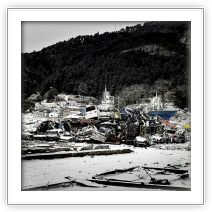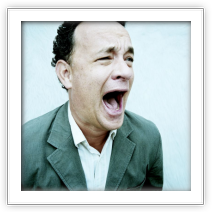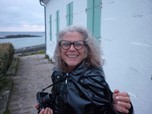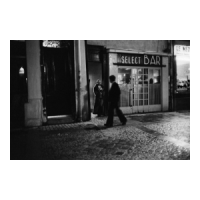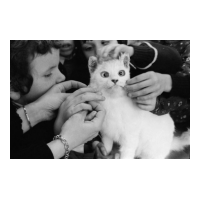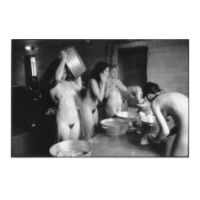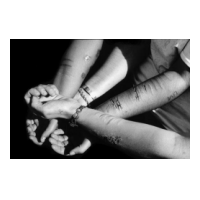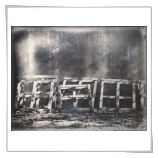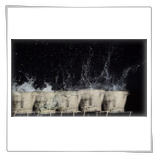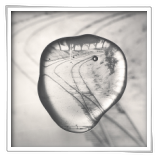The jury - Rendez-vous • Image
Main menu:
Art director - 7th RDV•I - January 2017
Ambroise TEZENAS
I was here. Galerie Mélanie Rio. Nantes, France
Gaspesie, Canada / artist in residence. Photaumnales de Beauvais, France
I was here, tourisme de la désolation, Les Rencontres d'Arles de la Photographie, France
I was here. Festival de Fotografia. Getxophoto, Spain
Photographies, librairie Maupetit, Marseille, France
Dark tourism, Galerie Mélanie Rio, Nantes, France
Pékin, théâtre du peuple, Arkéa, Brest, France
Pékin, théâtre du peuple, Galerie Philippe Chaume, Paris, France
Pékin, théâtre du peuple, Photaumnales de Beauvais, France
Night Visions, Young Gallery, Brussels, Belgium
Beijing, theatre of the people, Galerie Catherine Shubert, Bangkok, Thailand
Pékin, théâtre du peuple , Galerie Fnac, Nîmes, France
Pékin, théâtre du peuple , Galerie Fnac, Lille, France
2008
Le jour est brutal et bruyant, Le Méjan, Rencontres d’Arles, France
De hutongs van Beijing, Kunsthal Museum, Rotterdam, Netherlands
Pékin, théâtre du peuple, Galerie Fnac, Paris, France
Pékin, théâtre du peuple, Galerie Fnac, Lyon, France
Pékin, théâtre du peuple, Galerie Fnac, Toulon, France
Altes Peking-Neues Peking, Galerie Leica, Solms, Germany
Pékin, théâtre du peuple, Rencontres Internationales de la Photographie d’Arles, France
Beijing, theatre of the people, Paris-Beijing photo Gallery, Beijing, China
Photographies, Galerie Chambre avec vue, Paris, France
Art Director 2016
.

See more about Alain WILLAUME here: tendancefloue.net/alainwillaume/en/
Série réalisée au cours d’une résidence au C.C.F de Douala (Cameroun) dans le cadre du projet « Ports d’Afrique » (Rencontres de Bamako-2003, Rencontres d’Arles-2004)
Art Director 2015
.
Denis Rouvre is a portraitist, living and working in France. His photos have been nationally and internationally published. His latest series representing survivors from the tsunami that hit Japan in March 2011, was published in February 2012, in a portfolio of The New York Times Magazine. Rouvre’s photo series have been widely exhibited in France and abroad. He has also published several books, and his numerous prizes include a previous World Press Photo award, and a Sony World Photography Award.
See more about Denis Rouvre here: www.rouvre.com
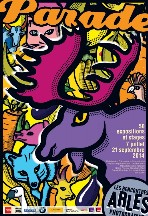
Denis Rouvre in Arles / July - August 2014
IDENTITIES, INTIMATE TERRITORIES
"For two years now, Denis Rouvre has been travelling around France, from Brittany to the Basque Coast, from the Vendée to Alsace. Exploring towns and countryside, he has caught up in his wake the French people he’s photographed and talked to, creating an installation about identity which mixes images and voices. At a time when globalisation and, simultaneously, the rise in sectarian divisions, are rampant, he asked each of his subjects what it means to be French today. Denis Rouvre encountered hundreds of men and women and saw extraordinary heroes in each of these ordinary people. He posed them against a black background, with lighting inspired by Renaissance portraits, thus conferring upon his subjects the nobility of those who are masters, sometimes without knowing it, of their own realm. He allowed all these French folk, who are usually never heard, to speak, these anonymous people whose bodies, postures, words, at times offensive, at times hesitant, describe a geography on a human scale, a territory where man stands tall, no matter the boundaries."
Natacha Wolinski
"Sumo" series
An interview of Denis Rouvre winner of the World Press Photo in 2012 wiht the "Low Tide" series.
Pictures taken six months after the tsunami of march 11th, 2011 in Japan.
"Automaton" series.
Art Director 2014
• Sorry, only in French •
Hans SILVESTER
Membre de l’agence Rapho depuis 1965, Hans Silvester est né le 2 octobre 1938 à Lörrach en Allemagne. Premières photos à l’âge de 14 ans. Diplômé de l’école de Fribourg en 1955, il voyage à travers l’Europe et commence à publier avec un livre pour enfants sur la vie d’une famille d’écureuils : déjà se manifestent cet amour de la nature et des animaux et ce souci de l’écologie qui ne le quitteront plus. A la même époque, il réalise un reportage sur la Camargue. Ces photos -en noir et blanc- sont accompagnées par des textes de Jean Giono.
Ce travail marque le commencement du succès en même temps que le début d’une longue histoire d’amour avec la Provence, où il s’installe en 1962.
En 1964, il est envoyé en Amérique du Sud pour le compte d’une organisation caritative, puis il passe six mois aux Etats-Unis et en Amérique centrale. Suit une longue série de reportages dans le monde entier : Japon, Portugal, Égypte, Tunisie, Hongrie, Italie, Espagne… sans oublier la Provence.
Chaque voyage donne lieu à un livre ou à une publication.
Voyageur infatigable, Silvester fait, dans les années 90, plusieurs séjours au Rajasthan, dont il ramène un magnifique témoignage sur la vie des femmes du désert indien ; aujourd’hui, il revient d’Éthiopie et nous donne à voir un étonnant et superbe ensemble de photographies des peuples de la vallée de l’Omo dans lequel on retrouve l’humanité et la bonté qui caractérisent toute son œuvre.
.
Art Director 2013
Jane Evelyn Atwood will the the art director of the 2013 RDV•I exhibition.
Born in New York and living in Paris since 1971, Jane Evelyn Atwood is one of the world’s leading photojournalists. In 1976, Atwood bought her first camera and began taking pictures of a group of street prostitutes in Paris. It was partly on the strength of these photographs that Atwood received the first W. Eugene Smith Award, in 1980, for another story she had just started work on: blind children. Prior to this, she had never published a photo.
In the ensuing years, Atwood has pursued a number of carefully chosen projects-among them an 18-month reportage of one regiment of the Foreign Legion, following the soldiers to Beirut and Chad; a four-and-a-half-month story on the first person with AIDS in France to allow himself to be photographed for publication in the press (Atwood stayed with him until his death); and a four-year study of landmine victims that took her to Cambodia, Angola, Kosovo, Mozambique and Afghanistan-always with the same personal and passionate approach.
Jane Evelyn Atwood’s work reflects a deep involvement with her subjects over long periods of time. Fascinated by people and by the idea of exclusion, she has managed to penetrate worlds that most of us do not know, or choose to ignore. She limits her stories to those which truly compel her, devoting to each subject the time necessary-in some cases, years-to explore it in depth. In 1989 she started to photograph incarcerated women, eventually managing to gain access to some of the world's worst penitentiaries and jails, including death row. This monumental ten-year undertaking- encompassing forty prisons in nine countries of Europe and Eastern Europe, and the United States-remains the definitive photographic work on women in prison to date. It was published as a book in both English and French in 2000 and continues to be exhibited internationally. (see Books; Exhibitions)
Atwood’s particularity as a photographer lies in her in-depth approach, but she has also covered such news events as the Kobe earthquake of 1995, the World Trade Center attacks on September 11, 2001, and the Democratic National Convention in 2004.
Jane Evelyn Atwood describes her method of work as "obsessive". She does not move on to a new subject until she feels she has completely understood the one at hand and her own relation to it, and until she believes that her pictures reflect this understanding.
Atwood is the author of six books. In addition, her work has been included in numerous group projects ranging from books in the A Day In The Life series to Robert Delpire's Pauvres de Nous (PhotoPoche Société, Actes Sud), and has been exhibited worldwide in solo exhibitions as well as group shows. She has published in, and worked for, LIFE Magazine, The New York Times Magazine, Stern, Géo, Paris Match, The Independent, Telegraph, Libération, VSD, Marie-Claire and Elle, among others. In addition, she has worked on assignment for institutions, government ministries and international humanitarian organizations, including Doctors Without Borders, Handicap International and Action Against Hunger.
The work of Jane Evelyn Atwood appears in public and private collections and has received many honors since the W. Eugene Smith Award in 1980. Among these are the Paris Match Grand Prix du Photojournalisme (1990), Leica's Oskar Barnack Award (1997), and an Alfred Eisenstaedt Award (1998). Most recently, in 2005, Atwood received the Charles Flint Kellogg Award in Arts and Letters from Bard College, thus joining a company of such previous laureates as Edward Saïd, Isaac Bashevis Singer and E.L. Doctorow.
A retrospective of Jane Evelyn Atwood in the MEP (Maison Européenne de la Phototgraphie) in Paris.
Art Director 2012
Patrick
Bailly-Maître-Grand 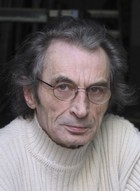
After scientific studies (Master of Sciences in 1969) and 10 years dedicated to the painting, Patrick BAILLY-MAÎTRE-GRAND uses the photographic tools since 1980.
His works, strictly analogical, with silver gelatin prints (from the exposure, to the prints which he realizes himself), are characterized by a playful imagination, associated with the using of complex technologies (see the technical lexicon) such as the Daguerreotype,the periphotography, the strobophotography, the chemical bends, the direct , the rayogrammes and some others self-made inventions.
Avoiding the notion of the perspective, its images, although very sophisticated for their elaboration, have the simplification of visual proverbs, purified as haikus. See exibitions and bibliography.
Patrick Bailly-Maître-Grand has exposed his works all over the world and samples of his works are in prestigious museums such as the Moma (Museeum of Modern Art) of New York, the Pompidou center of Paris, the French National Collection of Contemporary Art, the Victoria Museum of Melbourne, the Sainsbury Center of Norwich ( GB), the Museum of Modern and Contemporary Art of Strasbourg, the Museet for Fotokunst of Odense ( Denmark), etc. …
Art Director 2011
Paul KANITZER
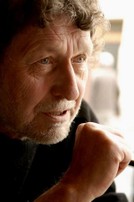
Photo Catherine Kohler (DNA)
Photographe professionnel depuis 1963.
Spécialiste en documentation urbaine et illustration nature.
Expositions de 1978 à 2000 : L'Œeil au Bois, Ireland, America, Coloris, Récits Urbains (présentées à Mulhouse, en France, Allemagne, Angleterre).
Exposition « Grandeur Nature » : Musée des Beaux-Arts Mulhouse 2008/2009.
Catalogues : America, Ireland.
Réalisations :
- couvertures de livres, pochettes de Cd, cartes postales, affiches...
- reportages industriels (projet Tram-Train à Mulhouse)
- documentation urbaine sur Mulhouse (30 000 images déposées aux Archives Municipales)
- les photographies pour un livre « Mulhouse aux multiples visages »
- les photographies et maquette du livre « Place de l'Europe », Editions Cêtre
A été également directeur de l'AMC, Centre d'Action Culturelle de Mulhouse de 1977 à 1992 et directeur du Festival Jazz à Mulhouse de 1992 à 2006.
« Pour moi, la photographie est une authentique histoire de famille. A la fin du XIXe siècle, mon grand-père Albert Kanitzer sillonnait déjà la campagne autour de Mulhouse pour immortaliser villages, fêtes et mariages. Ses trois fils, Louis, Paul et Edmond lui succèdent et travaillent surtout en studio à partir des années 30. Né en 1941, j'ai grandi dans les vapeurs du révélateur et les mystères de la chambre noire. Photographe professionnel depuis 1963, j'ai pratiqué tous azimuts : portrait, illustration, industrie, architecture... En 1972 j'abandonne le « métier » pour l'action culturelle. En tant que directeur de l'AMC / Centre d'Action Culturelle - Scène Nationale de Mulhouse (jusqu'en 1992) puis du Festival Jazz à Mulhouse (jusqu'en 2006), j'ai développé des activités en direction de la photographie, animation de la Galerie AMC, production d'expositions (John Batho, Guy Le Querrec, Françoise Saur, Marc Riboud, Gladys, Bernard Descamps, Willy Ronis, Thierry Girard, Harry Gruyaert, Photographes en Alsace) ; édition de livres photographiques (L'Album de Françoise en Alsace, Françoise Saur, Photocolore, John Batho, Sahara, Bernard Descamps) ; de catalogues (Gladys, Eric Fayolle) ; de près de 500 cartes postales ; d'affiches etc. Et tout cela sans abandonner ma recherche personnelle. Mes travaux les plus récents ont été consacrés à ma ville de Mulhouse avec un portrait exhaustif de plus de 30 000 images, un travail de suivi de chantier du Tram Train, et plus globalement l'ensemble de l'évolution urbanistique de Mulhouse.
Le paysage urbain est mon sujet de prédilection, et la photographie des vestiges de nature ma bouée de sauvetage. »
Paul Kanitzer
www.paulkanitzer.fr
Dominique GAESSLER
Enseignant, fondateur de la maison d’éditions Trans Photographic Press
Créée par Dominique Gaessler, Trans Photographic Press est une maison d'édition dédiée à la photographie, qui forme l'ambition de révéler des auteurs contemporains, de publier des inédits de grands photographes, d'offrir une actualité éditoriale aux grands classiques de la photographie.
168 bis, rue de Charonne
75011 Paris
Tél. + Fax 00 33 (0)1 46 07 06 15
info@transphotographic.com
www.transphotographic.com


